Have you ever looked into your cat’s eyes and wondered what’s going on in their heart? Cats are often labeled as mysterious or aloof, but any true cat lover knows that felines are capable of remarkable emotional depth. From shy kittens blossoming into confident companions to adult cats showing empathy and joy, our furry friends constantly surprise us with their emotional evolution. Here are 10 cat reactions that don’t just reveal their feelings—they prove that cats are always growing and changing emotionally, right before our eyes.
Welcoming a New Family Member

Bringing home a new pet or even a baby can be a major event for any household, and cats are no exception. At first, many cats might hide or act nervous, unsure of this sudden change in their territory. Over time, though, you might notice your cat creeping closer, observing the newcomer with curiosity rather than fear. Eventually, many cats will approach, sniff, and even nuzzle the new family member. This transformation from suspicion to acceptance is a clear sign of emotional growth, showing your cat’s willingness to adapt and embrace change.
Overcoming Fear of Strangers

Cats who once darted under the bed at the sound of the doorbell can, with patience and positive experiences, grow more confident around guests. Initially, they might peek from behind furniture, their eyes wide and bodies tense. But as they realize that visitors mean no harm, these same cats often begin to greet guests at the door or lounge nearby, perhaps accepting a gentle pet or two. This shift from fear to friendliness highlights their ability to process and adapt to new social situations, a trait that speaks volumes about their growing emotional intelligence.
Seeking Comfort During Storms

Thunderstorms can be terrifying for cats, especially when they’re young or newly adopted. At first, you might find your cat trembling or hiding in the darkest corner. With time and the reassuring presence of their human, many cats learn to seek out comfort instead of cowering alone. Curling up beside you, purring for reassurance, or rubbing against your hand during a storm shows that your cat now trusts you to provide emotional safety, a huge leap in emotional maturity.
Sharing Toys With Other Pets
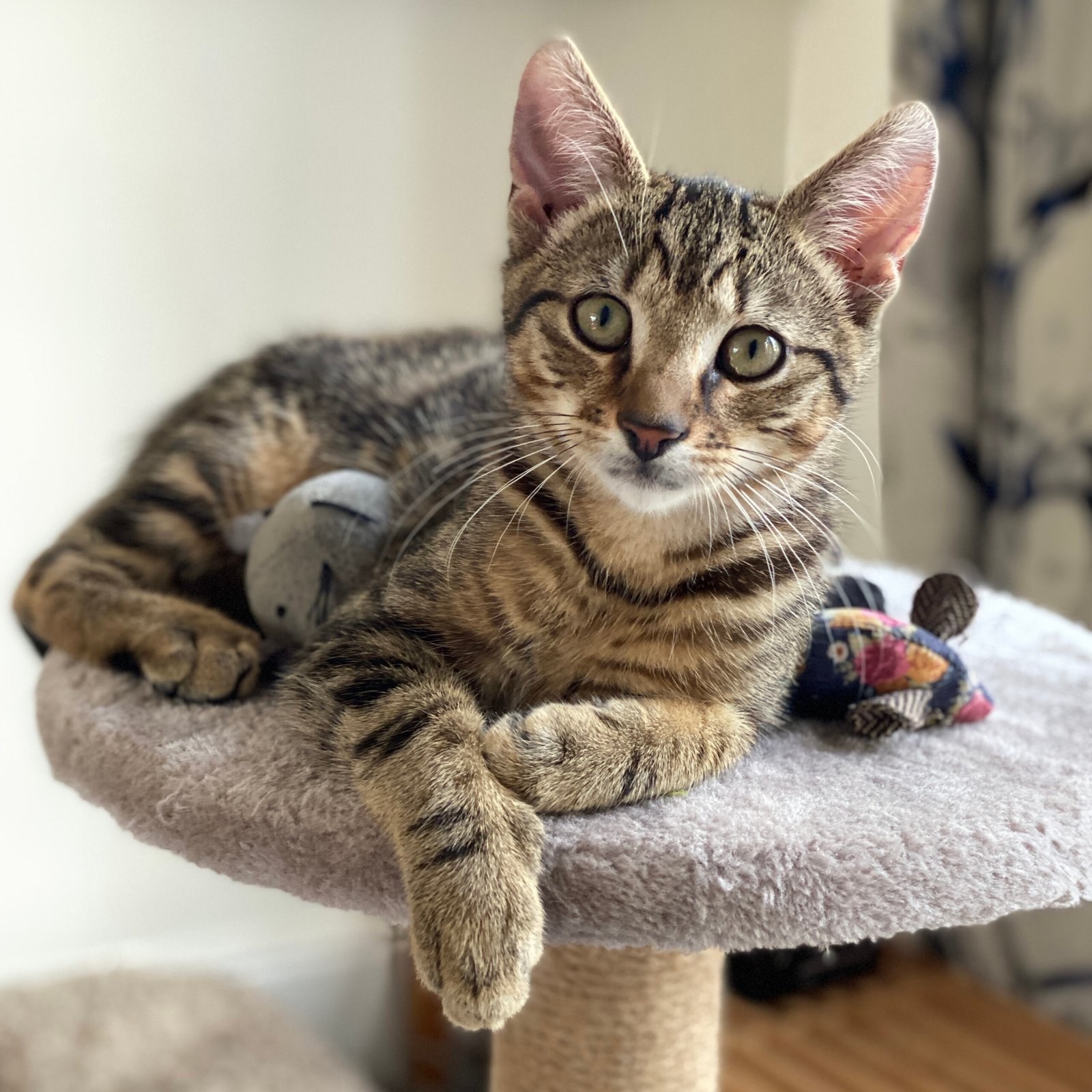
Cats are notorious for being possessive of their toys, but a remarkable transformation can occur as they emotionally mature. A cat that once guarded its favorite mouse toy now allows another pet to play with it—or even brings it to a furry sibling as an offering. This willingness to share is a beautiful sign of emotional development, revealing both empathy and social awareness. It’s as if your cat is saying, “I care about you enough to let you have something I love.”
Responding to Your Moods
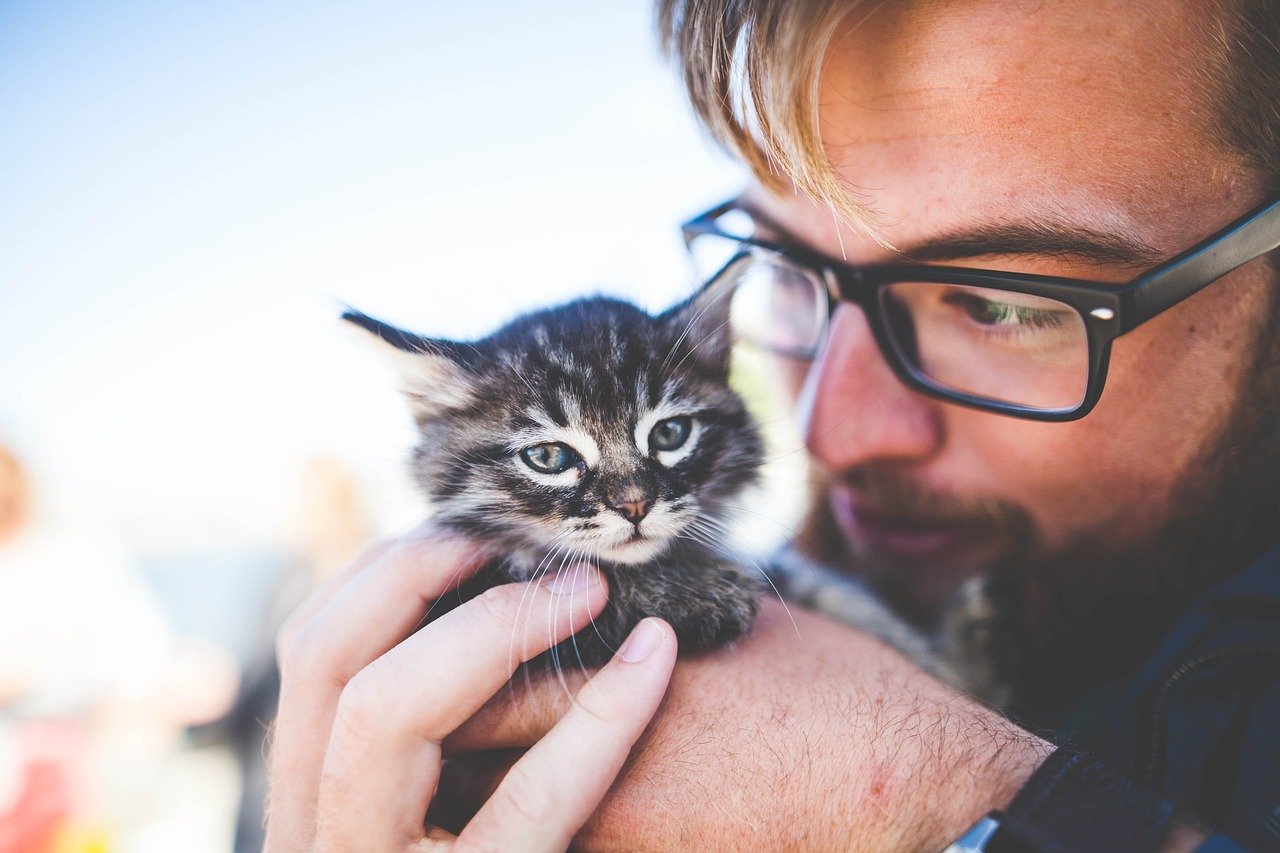
Have you noticed your cat acting differently when you’re sad or stressed? Cats can become more affectionate, curling up in your lap or softly meowing as if to offer comfort. Other times, they might bring you their favorite toy or simply sit quietly beside you. This sensitivity to human emotion demonstrates that cats are not only aware of our feelings but are also capable of responding with genuine care—a true mark of emotional growth.
Grooming Other Cats or Pets

Allogrooming, or social grooming, is a powerful sign of trust and affection among cats. When your cat starts grooming another pet, it’s more than just cleaning—it’s a gesture of acceptance and bonding. A cat that once kept its distance, now licking the ears or face of a fellow feline (or even a dog!), is showing that it has developed a sense of empathy and connection. Emotional growth is written all over this gentle, nurturing behavior.
Adapting to Routine Changes
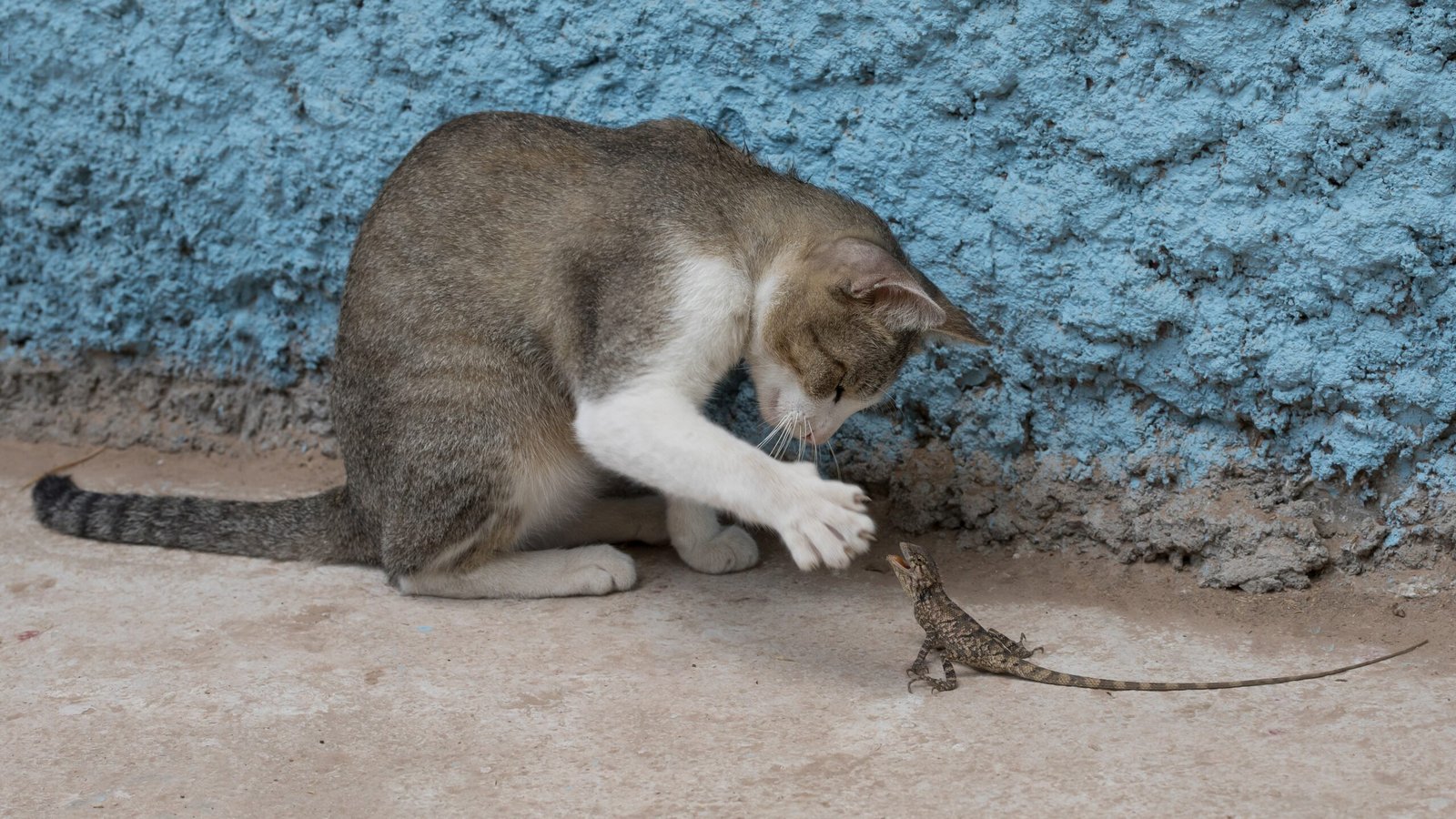
Cats are creatures of habit, and even small changes in daily routines can be unsettling. When feeding times shift or furniture is rearranged, your cat might initially react with confusion or anxiety. Over time, however, many cats will adjust, showing increased flexibility and resilience. This ability to handle changes with less stress is a clear indicator that your cat is growing emotionally, learning to cope with life’s little surprises.
Learning to Use the Scratching Post

A kitten who once clawed the sofa out of frustration or anxiety might, with encouragement, begin using a scratching post instead. This change isn’t just about training—it’s about emotional development. By redirecting their energy and expressing themselves in a healthier way, cats demonstrate self-control and a willingness to adapt, which are both hallmarks of emotional maturity.
Offering Slow Blinks
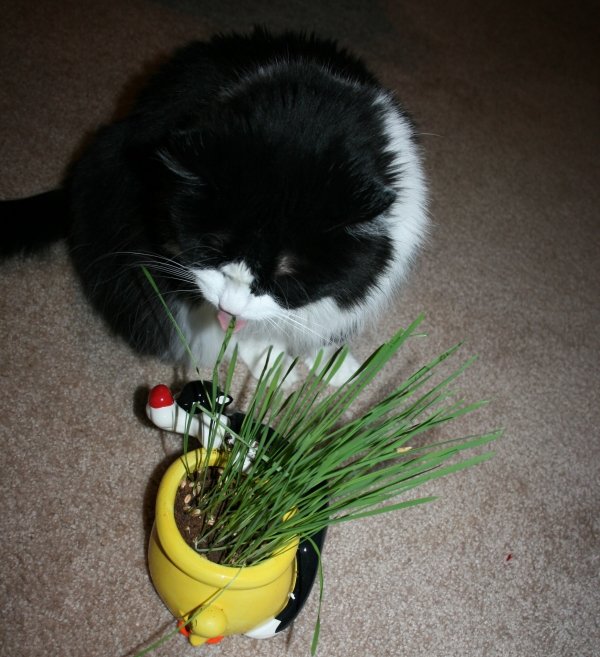
The slow blink—a soft, deliberate closing of the eyes—is one of the most heartwarming gestures a cat can offer. It’s often described as a feline “kiss,” and it signals deep trust and affection. Cats who were once wary or defensive may, as they grow emotionally, begin to slow blink at their humans and other pets. This small but powerful gesture reveals an open, loving heart.
Forgiving After a Mistake

Accidentally stepping on a cat’s tail or making a loud noise can be distressing for both cat and owner. Early on, some cats may hold a grudge, avoiding their human for hours. But as they mature, many cats learn to forgive more quickly, returning for cuddles and allowing themselves to be comforted. This ability to move past negative experiences is a true sign of emotional growth and resilience.
Initiating Play With Humans

Playtime is a window into a cat’s emotional world. A shy or withdrawn cat may watch humans play from afar, hesitant to join in. As they gain confidence and trust, these same cats will begin to initiate play—batting at toys, chasing strings, or even bringing you a favorite ball. This enthusiastic engagement is a clear signal that your cat feels safe, happy, and emotionally connected to you.
Accepting Petting in New Areas
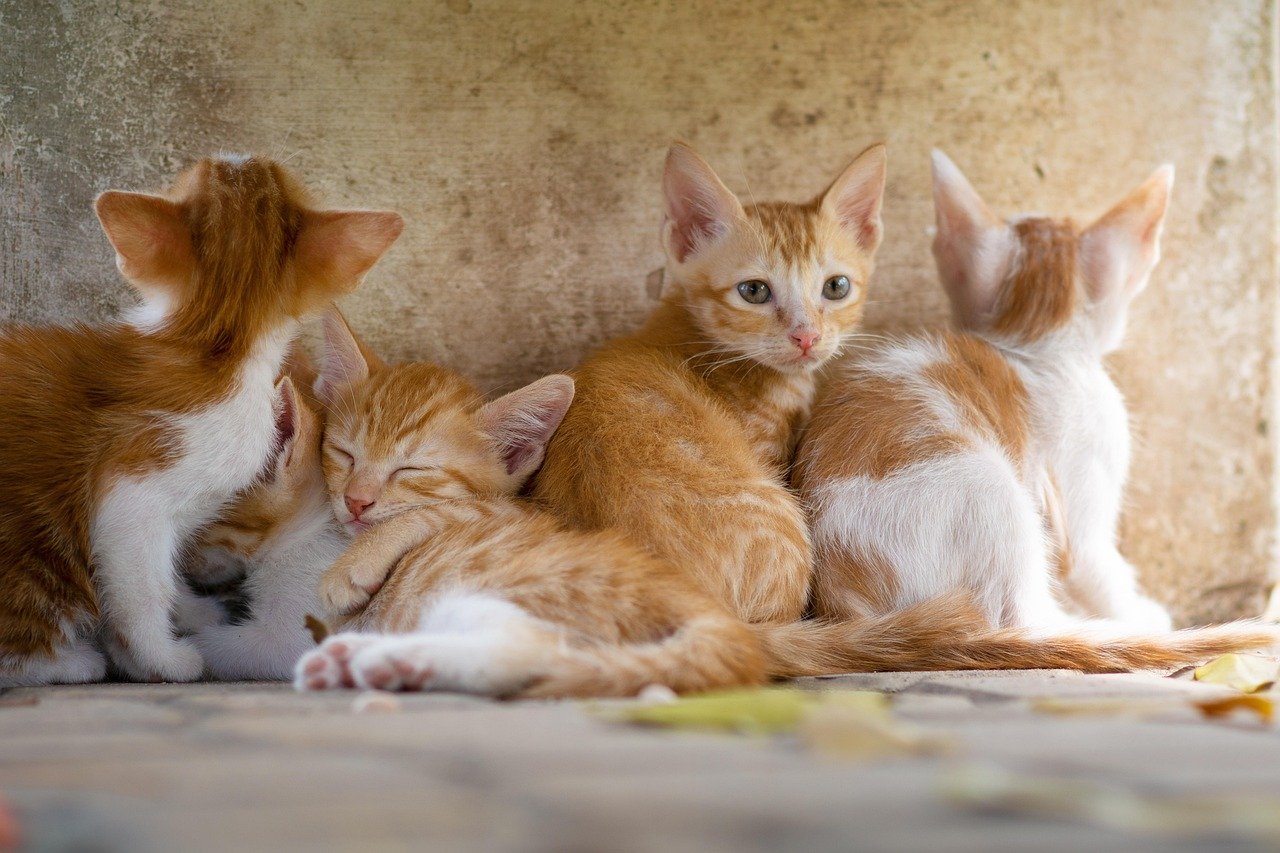
Most cats have preferred spots for petting, like the chin or behind the ears. However, as they grow emotionally and become more comfortable, many cats start to allow petting in new areas, like the belly or back. This increased tolerance and willingness to be vulnerable is a touching sign of trust and emotional security.
Showing Curiosity Instead of Fear
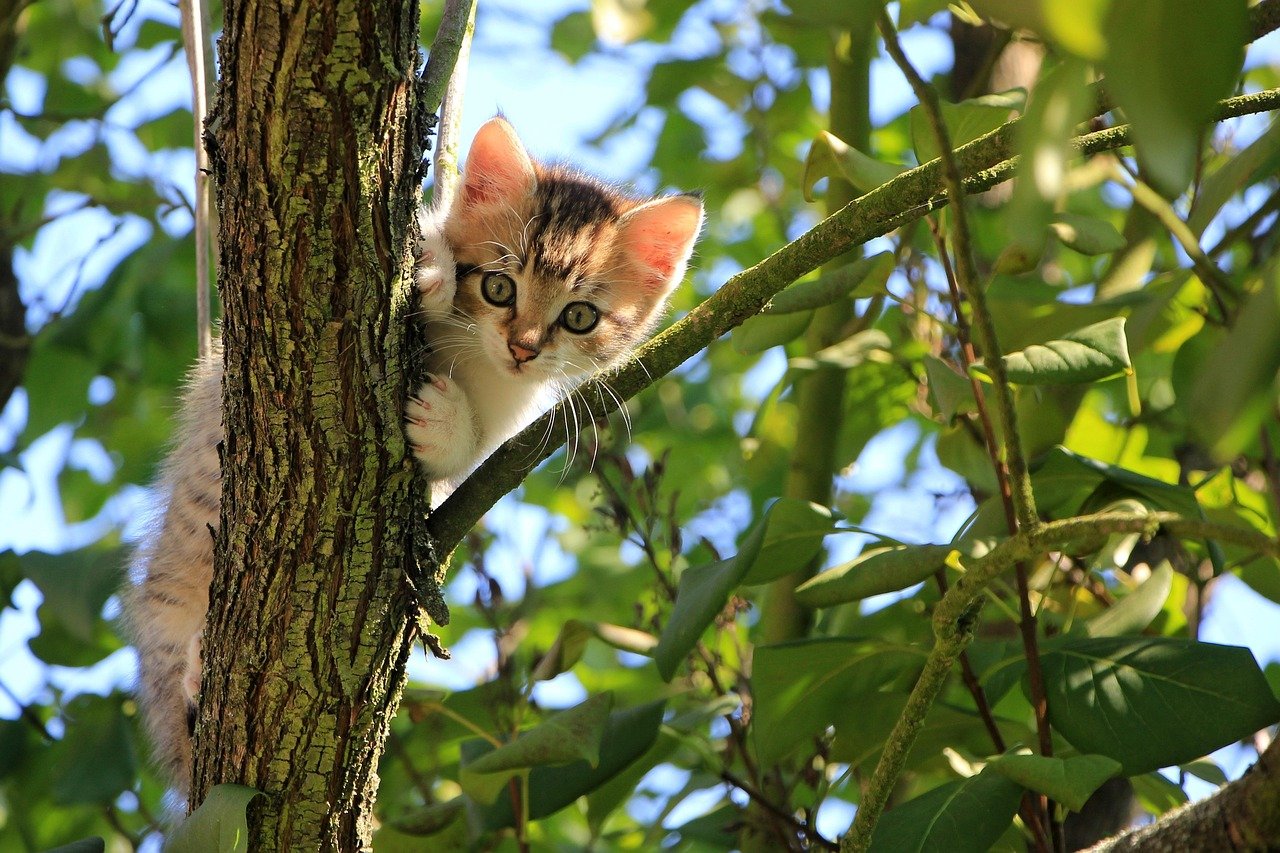
A sudden noise or unfamiliar object might once have sent your cat running for cover. As they become more emotionally mature, though, many cats respond to the unknown with curiosity—approaching cautiously, sniffing, and investigating instead of hiding. This shift from fear to curiosity demonstrates confidence and a willingness to learn about the world.
Greeting You at the Door
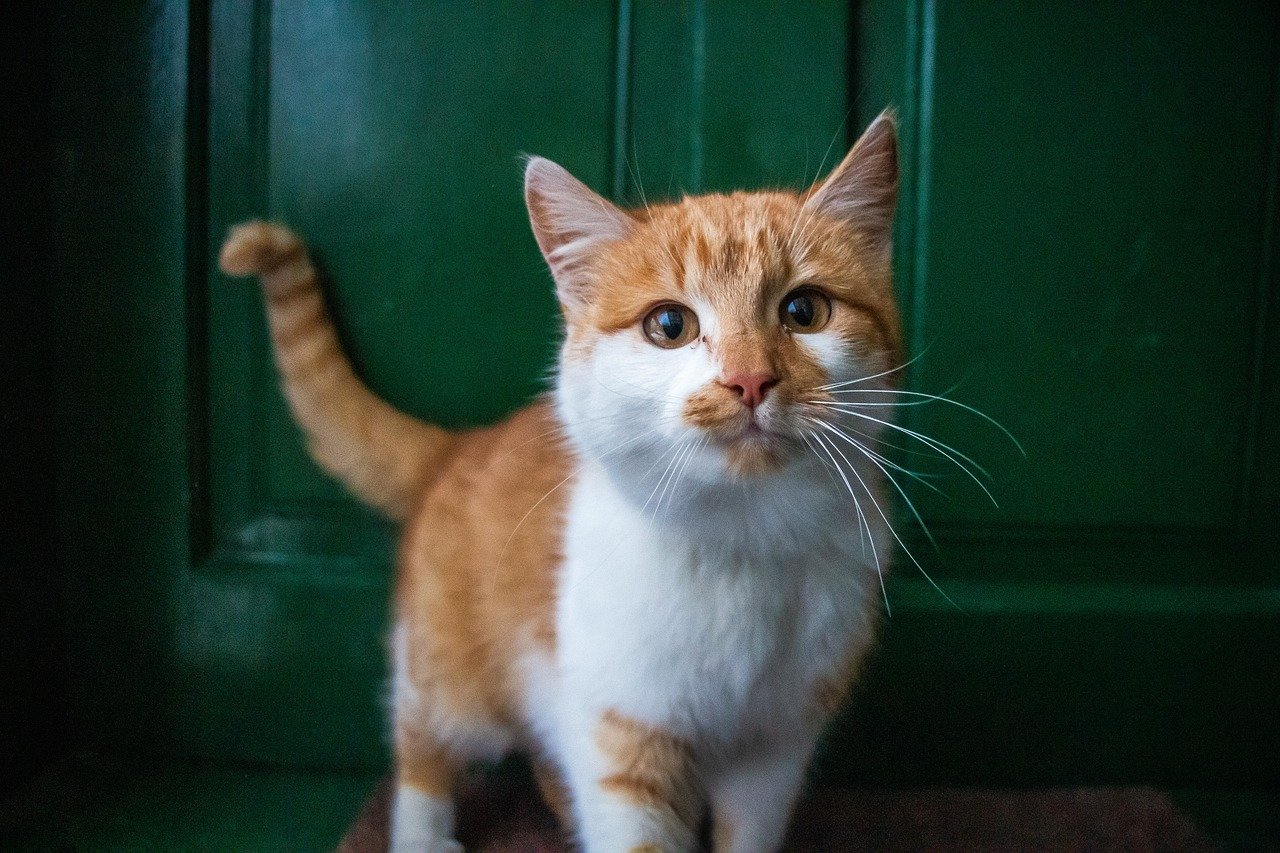
Coming home to a cat waiting at the door, tail held high, is one of the purest joys for any cat owner. Cats who once hid during your absence may, as they grow emotionally, begin to greet you with cheerful meows, rubs, or even playful antics. This welcoming behavior shows that your cat has formed a secure attachment and looks forward to your return—a beautiful example of emotional growth.
Reaching Out With a Paw

Have you ever had your cat gently tap you with a paw, as if asking for attention? This endearing gesture often emerges as cats become more comfortable expressing their needs. Rather than bottling up their emotions, they reach out—literally—for connection, showing that they trust you to respond in a loving way.
Sleeping Beside You
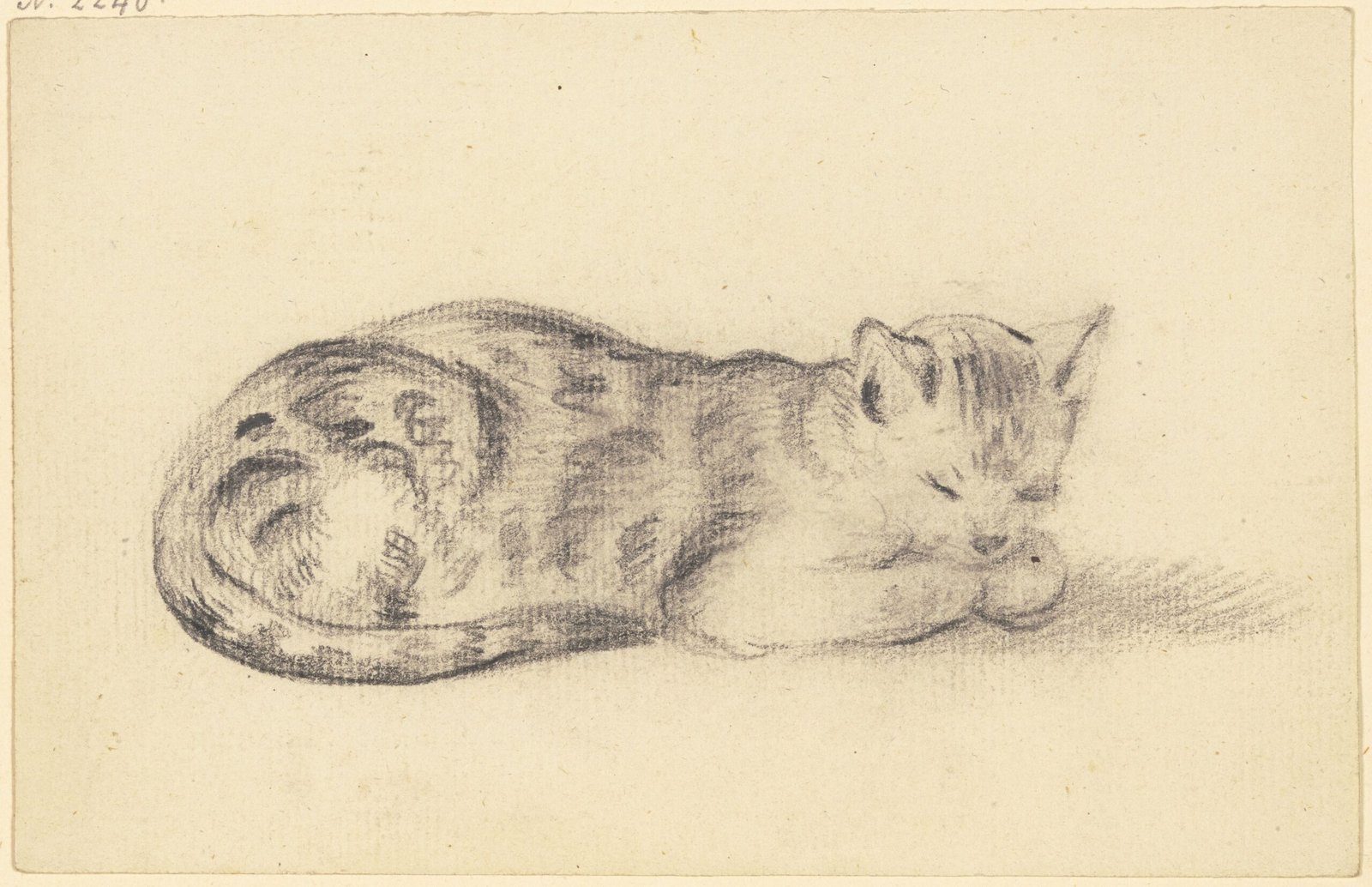
Choosing to sleep next to you is a huge sign of trust for a cat. It means they feel safe and protected in your presence. Cats who were once solitary sleepers might, over time, snuggle closer, even seeking out your warmth during naps. This progression from distance to intimacy reflects their growing emotional comfort and bond with you.
Bringing “Gifts”

While it might not always be pleasant to find a toy—or even a real critter—in your shoe, this behavior is a heartfelt gesture from your cat. Bringing you “gifts” is a sign of affection and a way of sharing what they value. As cats become more attached and emotionally mature, they’re more likely to express their love through these quirky offerings.
Allowing Gentle Handling by Children

Cats and children can be a tricky combination. A cat that once bolted at the sight of a toddler may, with patience and positive experiences, learn to tolerate (and even enjoy) gentle petting or play. This newfound patience and acceptance are powerful evidence of emotional growth, showing adaptability and trust in the face of unpredictability.
Displaying Empathy for Other Pets

Cats are often seen as independent, but many develop strong bonds with other animals in the household. A cat that comforts a sick pet by curling up beside them or licks the fur of a new puppy is showing empathy. This ability to recognize and respond to another’s distress is a touching and unmistakable sign of emotional development.
Using Their Voice to Communicate
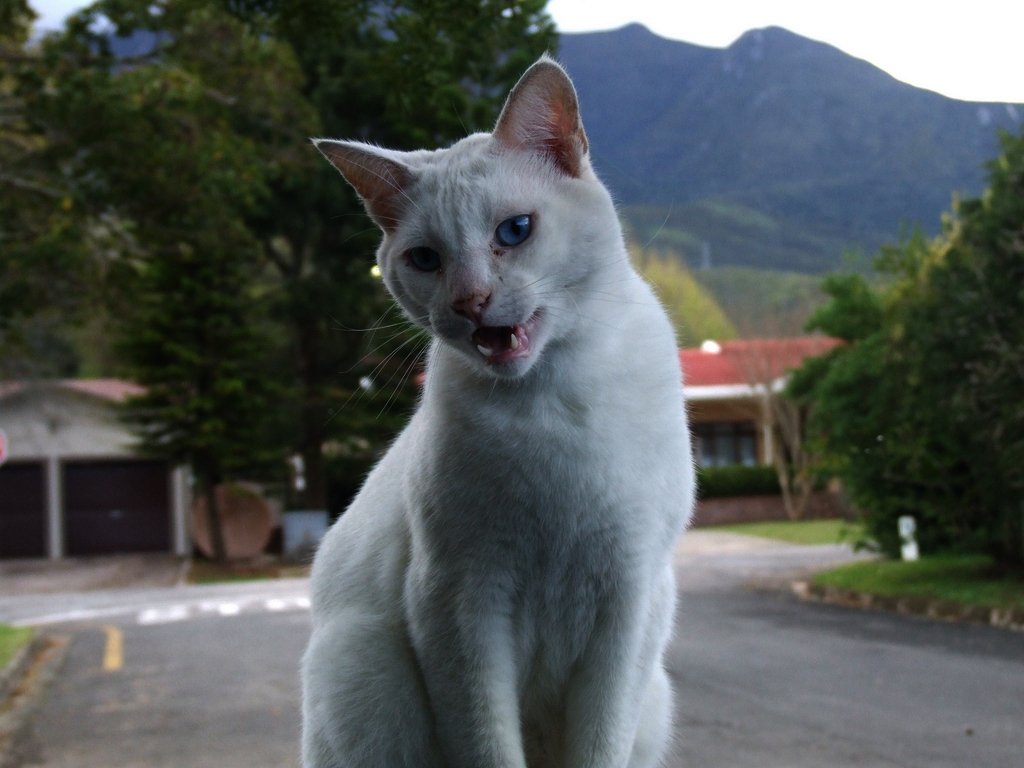
Some cats are naturally chatty, while others are more reserved. As cats grow more confident and secure in their environment, they often become more vocal—meowing, chirping, or trilling to communicate with you. This willingness to “talk” reflects their emotional growth, as they feel heard and understood in their home.
Looking for Reassurance During Change
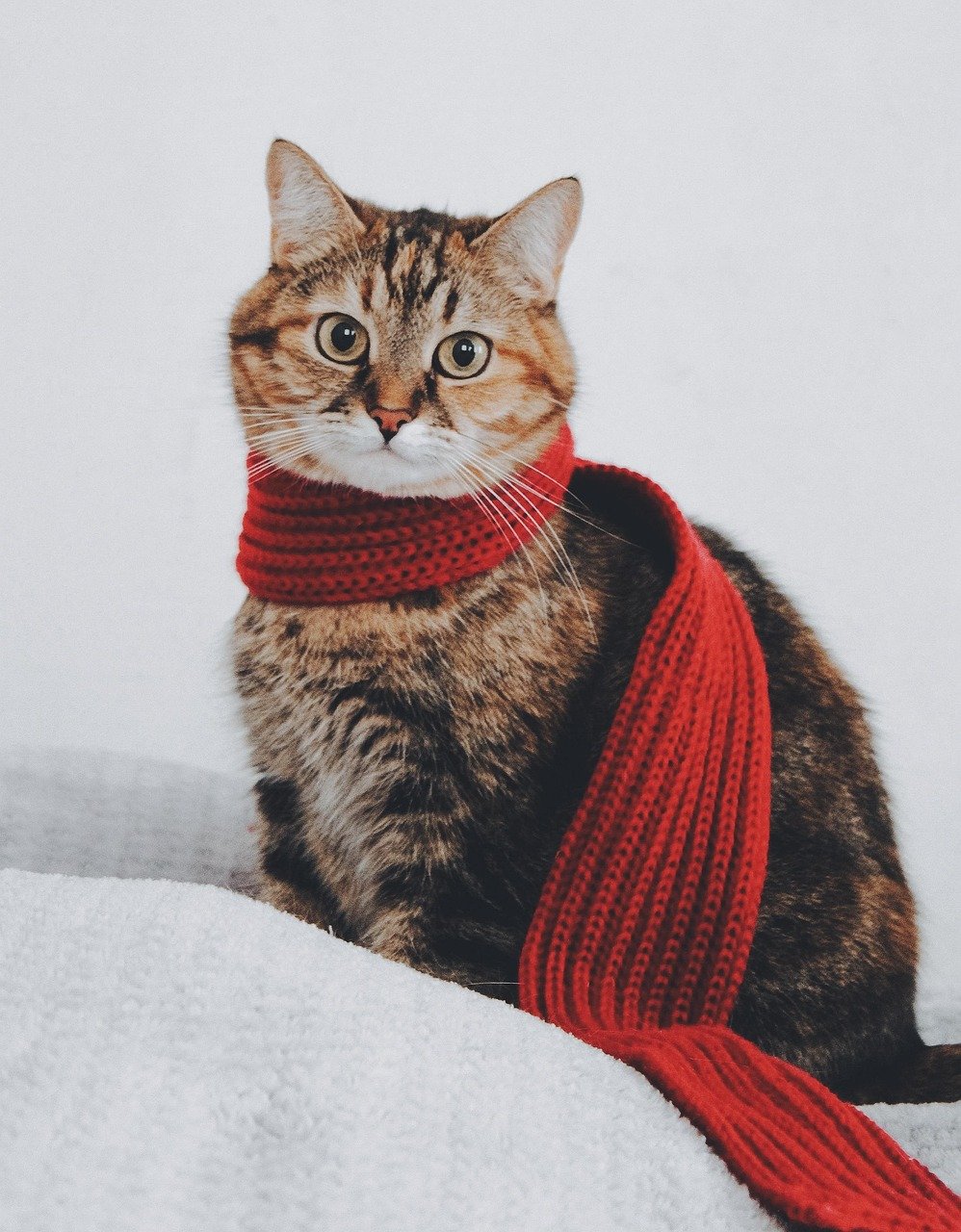
Whether it’s moving to a new house or coping with changes in the household, emotionally mature cats will seek out their humans for comfort. Instead of withdrawing, they might follow you from room to room or nuzzle your hand, looking for reassurance. This behavior shows that your cat trusts you to help them navigate new experiences, a clear sign of their evolving emotional world.
Hi, I’m Bola, a passionate writer and creative strategist with a knack for crafting compelling content that educates, inspires, and connects. Over the years, I’ve honed my skills across various writing fields, including content creation, copywriting, online course development, and video scriptwriting.
When I’m not at my desk, you’ll find me exploring new ideas, reading books, or brainstorming creative ways to solve challenges. I believe that words have the power to transform, and I’m here to help you leverage that power for success.
Thanks for stopping by, Keep coming to this website to checkout new articles form me. You’d always love it!






